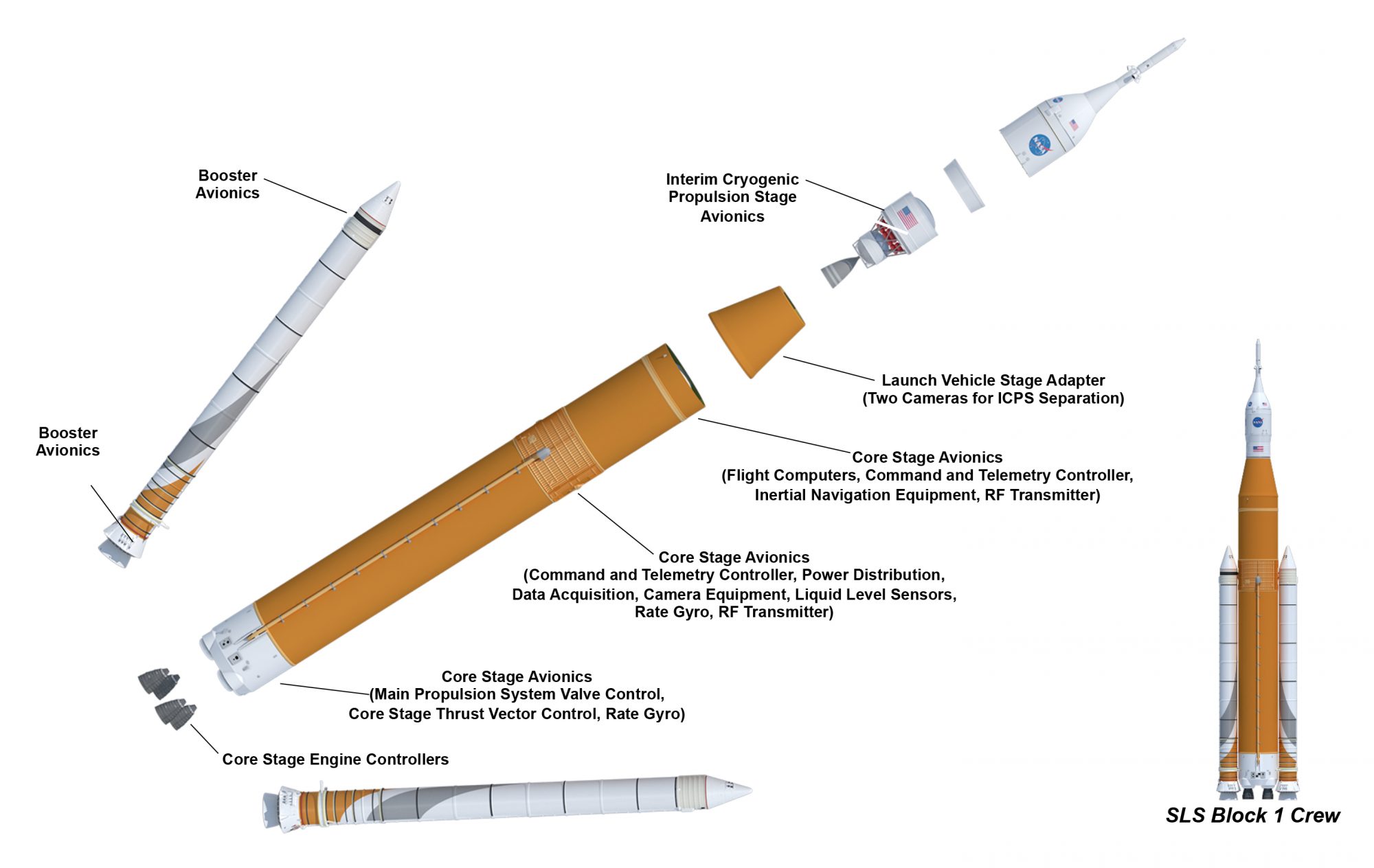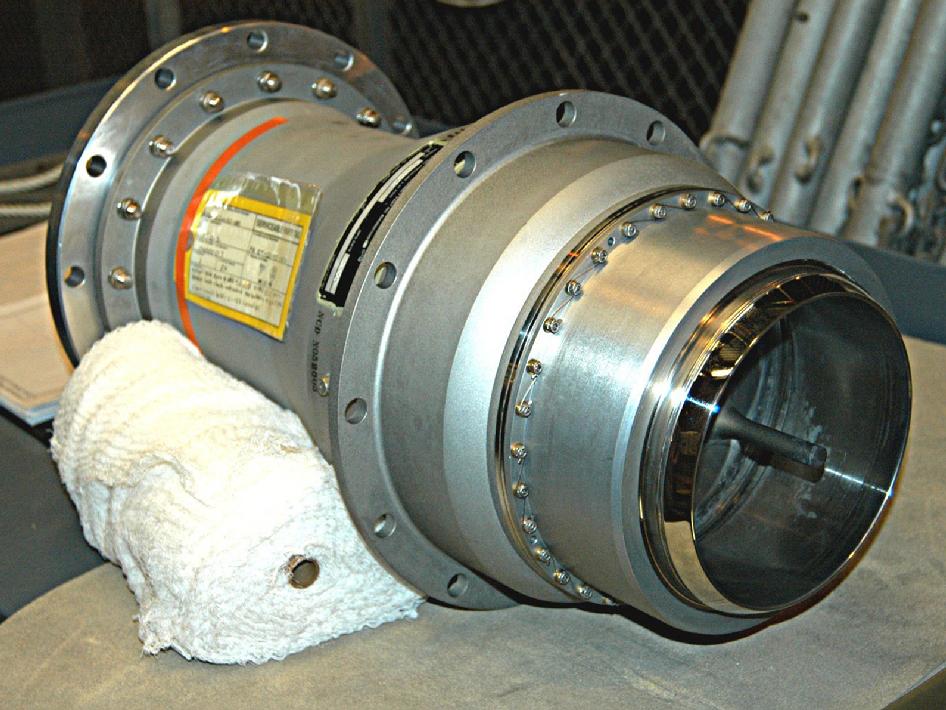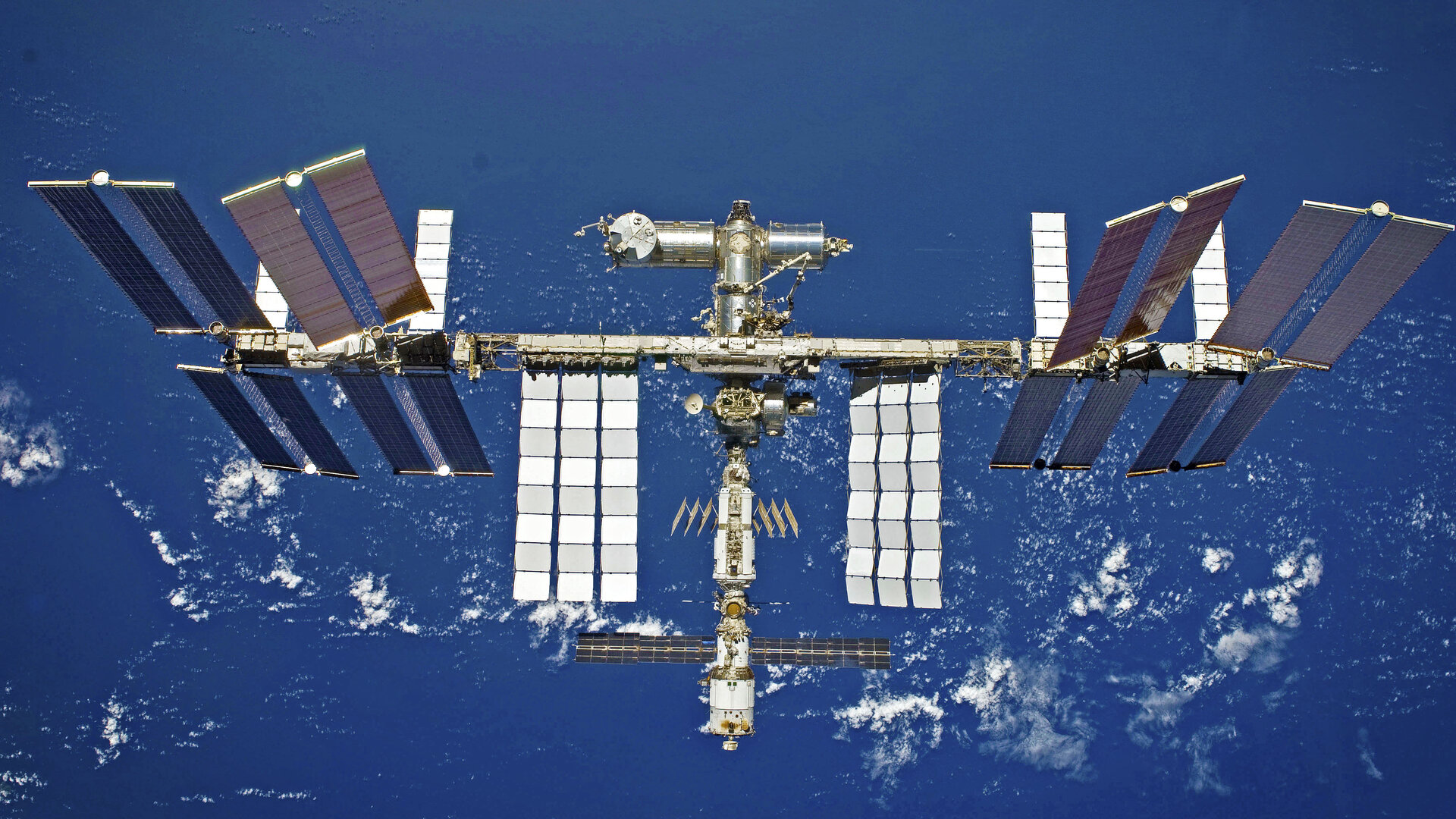NASA’s Artemis program continues to have problems getting off the ground while China slowly but surely moves forward with the construction of a space station. I’ll begin with the troubles of Artemis. Indeed, because of the unending problems and schedule changes happening day by day associated with the Space Launch System I’ve had to rewrite this post four times now.

Artemis is the name given to NASA’s long, and I do mean long anticipated program for returning human beings to the Moon. I have written several posts about both Artemis and the Space Launch System (SLS), the rocket that is going to be the main launch vehicle for the entire program. See post of 23 July 2022. In fact the space agency had originally expected that the SLS’s first launch would take place way back in 2016 but an almost unending string of problems has led to delay after delay.

It was no surprise therefore when the originally scheduled launch date of August 29th had to be cancelled once again. The SLS was standing on its launch pad, the countdown was underway but during the rocket’s fueling process two small problems were discovered. The first was a leaky vent valve in the inner fuel tank caused by a tiny crack. Even as the first problem was being dealt with another issue came to light as one of the rocket’s four main engines could not be cooled to it proper temperature. In addition the weather at Cape Kennedy was unsuitable for a launch so NASA quickly decided to scrub the lift off.

A second launch date of September 3rd was soon announced even as NASA engineers sought to resolve the two problems while still keeping the SLS at the launch pad. If it were found that major repair efforts were necessary that would require rolling the rocket back into the Vehicle Assembly Building (VAB). Such a rollback is a major process that would add weeks of delay to the mission. With fingers crossed the engineers made their preparations for a launch on the 3rd of September.

The problems that plagued the SLS weren’t finished however for as fueling began on the 2nd another leak was found on a quick-disconnect hydrogen intake valve that just couldn’t be fixed while fueling was underway. Once again the launch had to be scrubbed, once again the engineers tired to fix the problem as the rocket stood on the launch pad.

Hoping that they had finally fixed the problem of the leaky valve the SLS was subjected to a full fueling test on the 21st of September. You could imagine the sigh of relief at both NASA and Boeing when the huge rocket passed the fueling test without a single hitch. Hoping that ‘third time is the charm’ NASA set a third launch date of the 27th of September.

Now things begin to get a little spooky because starting around the 20th of September a low-pressure storm cell off the northern coast of South America began to intensify and grow. That storm system became hurricane Ian as it moved through the Caribbean into the Gulf of Mexico and was scheduled to slam into Florida as a major hurricane on, you guessed it, the 26th, the day before Artemis 1 was scheduled to lift off.

NASA quickly canceled that launch date; even if Ian gave Cape Kennedy a miss the winds will certainly be too high to permit a lift off. And to protect the $4.1 billion dollar rocket NASA, after several delays decided to roll the SLS back into the VAB.

So, with the SLS having to endure another round trip to the VAB the question becomes, how much inspection and possible repair will the rocket have to undergo before NASA will be willing to try, once again, to launch it? One thing for certain is that a launch will not be possible until late October at the earliest. Just another in a continuing series of delays in a program that almost seems to be cursed.

On the other hand things are going a bit smoother for the Chinese space agency in its efforts to construct that nation’s first space station. On July 24th the Chinese space agency launched the second module of its planned three-module space station from its Wenchang launch facility on the island of Hainan.

Christened Wentian the new module will connect with the already orbiting Tianhe module. Tianhe was designed to serve as the main living quarters for the three member permanent crew of the station while Wentian is a multi-purpose module that includes labouratory space and an airlock for Extra Vehicular Activities (EVAs). Wentian will also provide some living space during crew transfer periods when there could be as many as six people aboard the station for a day or two.

The final module, named Mengtian is expected to be launched in October and when it is connected the Tee shaped space station will be completed. At that time Tiangong will be about 20% the size and mass of the International Space Station (ISS) but it will enable China to maintain a permanent manned presence in Earth Orbit.

And, as happened with the launch of the first station module, the Long march rocket that lifted Wentian into orbit circled the Earth for several days before making an uncontrolled re-entry over the Indian Ocean. The fact the China seems completely unconcerned that their 30 meter tall, 23 ton rocket could land in a populated area is a real problem going forward. The first launch of the Long March resulted in slight damage but fortunately no injuries to a small village in Ivory Coast and sooner or later some real harm will surely occur somewhere.

The Tiangong space station is visible on occasion at night over most of the United States, I’ve seen it a dozen times now including with its new Wentian module. Where and when the Chinese station, and the ISS are visible from your location can be found at the website .https://www.n2yo.com/passes/?s=48274#
